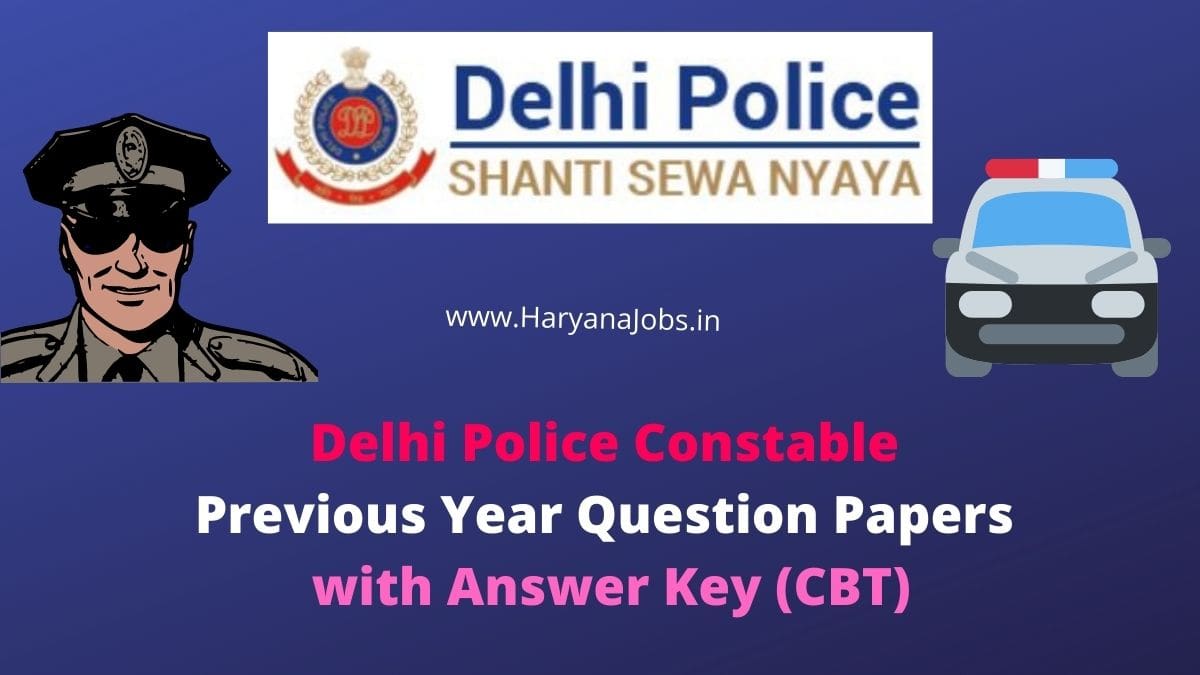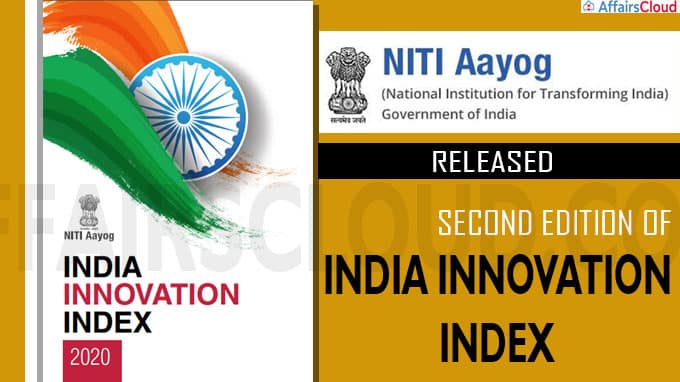SSC CHSL Previous Year Question Papers PDF with Answer Key can be downloaded from the links given below. Download SSC CHSL Previous Year Question Paper pdf in English and Hindi medium for both Tier 1 and Tier 2 Exams.
Staff Selection Commission conducts the Combined Higher Secondary Level (CHSL) Exam each year. The SSC CHSL Exam is conducted in two Tiers i.e. Tier I and Tier II. Here we have collected the recently conducted SSC CHSL Previous Year Papers/ Online Papers of SSC CHSL Exam/ SSC CHSL CBT Question Papers PDF with Answer Key in English and Hindi for Both the Tiers i.e. Tier I and Tier II.
Check SSC CHSL Previous Year Question Papers, SSC CHSL Previous Paper, SSC CHSL Previous Year Question Papers 2020, SSC CHSL Question Paper 2020, SSC CHSL Question Paper in Hindi, SSC CHSL Question Paper in English, SSC CHSL Tier 1 Question Papers, SSC CHSL Tier 2 Question Papers, SSC CHSL 2018 Question Papers, SSC CHSL Previous Year Question Paper with Answer Key, SSC CHSL Previous year Question Tier 2, SSC CHSL Previous Year Paper 2020, SSC CHSL previous year paper pdf, SSC CHSL previous year paper in Hindi.
SSC CHSL Previous Year Question Papers PDF with Answer Key in English and Hindi
| 1 | Recruitment Authority | Staff Selection Commission |
| 2 | Post Name | SSC CHSL |
| 5 | Status | SSC CHSL Previous Year Question Papers |
| 6 | SSC Official Website Link | Click Here |
| 7 | Check SSC CHSL 2019 All Updates | Click Here |
SSC CHSL Previous Year Question Papers PDF
| S.N. | SSC CHSL Previous Year Question Papers | Download Link |
| 8 | SSC CHSL 2019 All Shifts Question Paper With Answer Key PDF | Click Here |
| 7 | SSC CHSL 2019 Tier 1 Question Paper with Answer Key 20.10.2020 3rd Shift (Hindi) | Click Here |
| 6 | SSC CHSL 2019 Tier 1 Question Paper with Answer Key 15.10.2020 1st Shift (English) | Click Here |
| 5 | SSC CHSL 2019 Tier 1 Question Paper with Answer Key 13.10.2020 2nd Shift (English) | Click Here |
| 4 | SSC CHSL 2019 Tier 1 Question Paper with Answer Key 13.10.2020 1st Shift (Hindi) | Click Here |
| 3 | SSC CHSL 2019 Tier 1 Question Paper with Answer Key 17.3.2020 2nd Shift (Hindi) | Click Here |
| 2 | SSC CHSL 2018 Tier 1 All Shifts Question Papers with Answer Key in English | Click Here |
| 1 | SSC CHSL 2018 Tier 1 All Shifts Question Papers with Answer Key in Hindi | Click Here |











